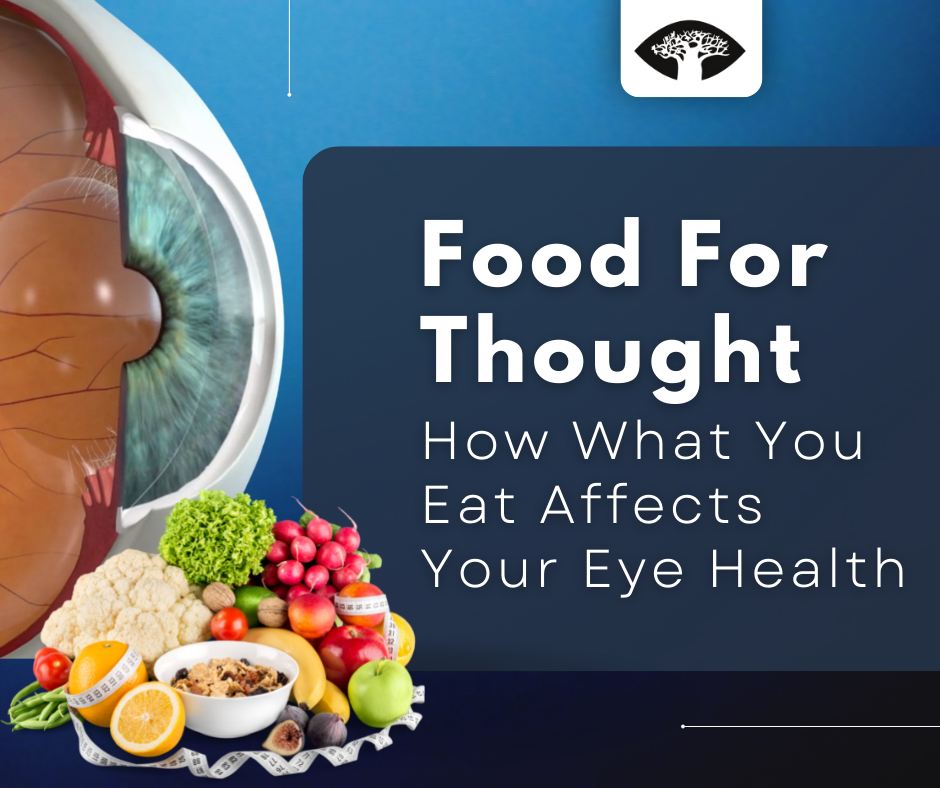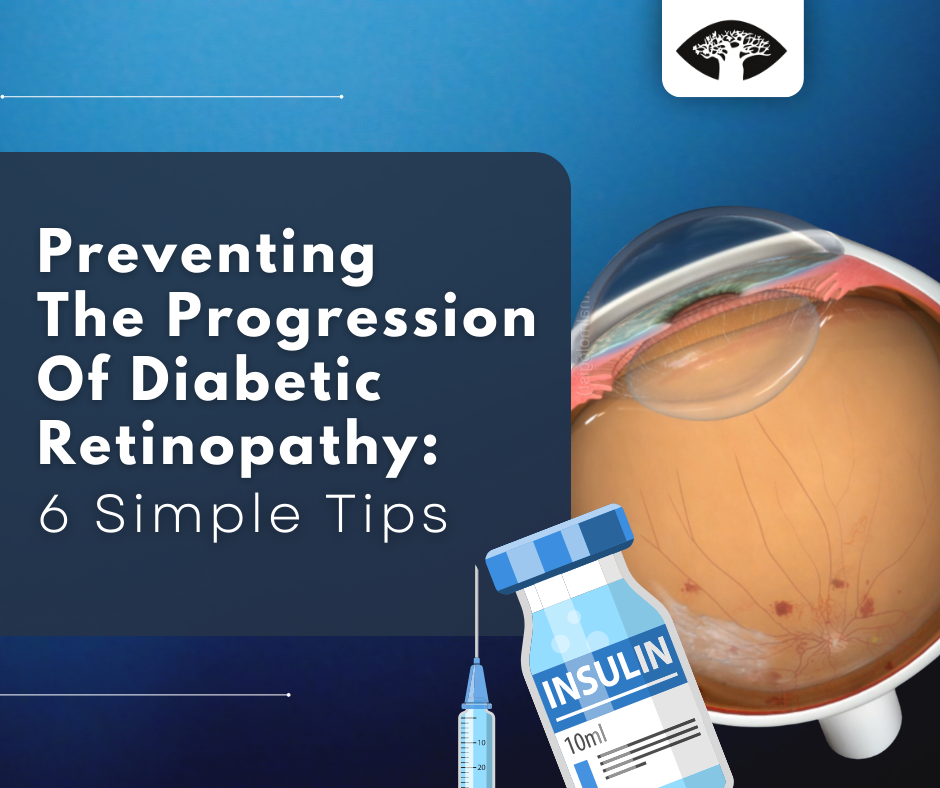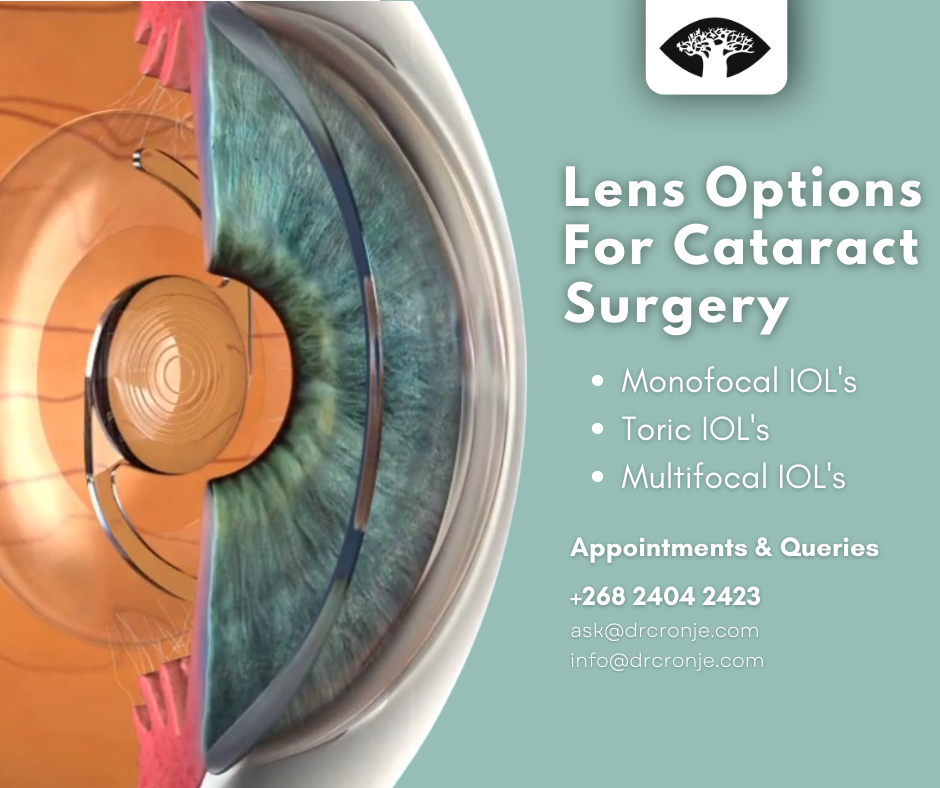Food For Thought: How What You Eat Affects Your Eye Health

Your Diet And Eye Health Your diet has a big impact on your eye health. The foods you eat can affect your vision in both the short and long term. A diet that is high in fat and sugar can lead to problems such as obesity and diabetes, which can in turn lead to serious […]
6 Tips To Prevent The Progression Of Diabetic Retinopathy

If you have diabetes, you know that it is important to keep your blood sugar levels under control to prevent complications. But did you know that you also need to take care of your eyes? Diabetic retinopathy is a leading cause of blindness in adults, and it can occur even if your blood sugar is […]
The Right IOL for Your Lifestyle: Find the Perfect Lens for Your Cataracts

The Right IOL for Your Lifestyle Find the Perfect Lens for Your Cataracts Are you looking for the right lens for your cataracts? No doubt, cataract is a common eye condition that affects almost all adults by age 65. It happens when the lens in your eyes becomes cloudy, making it hard to see clearly. […]

